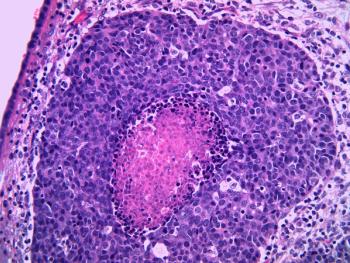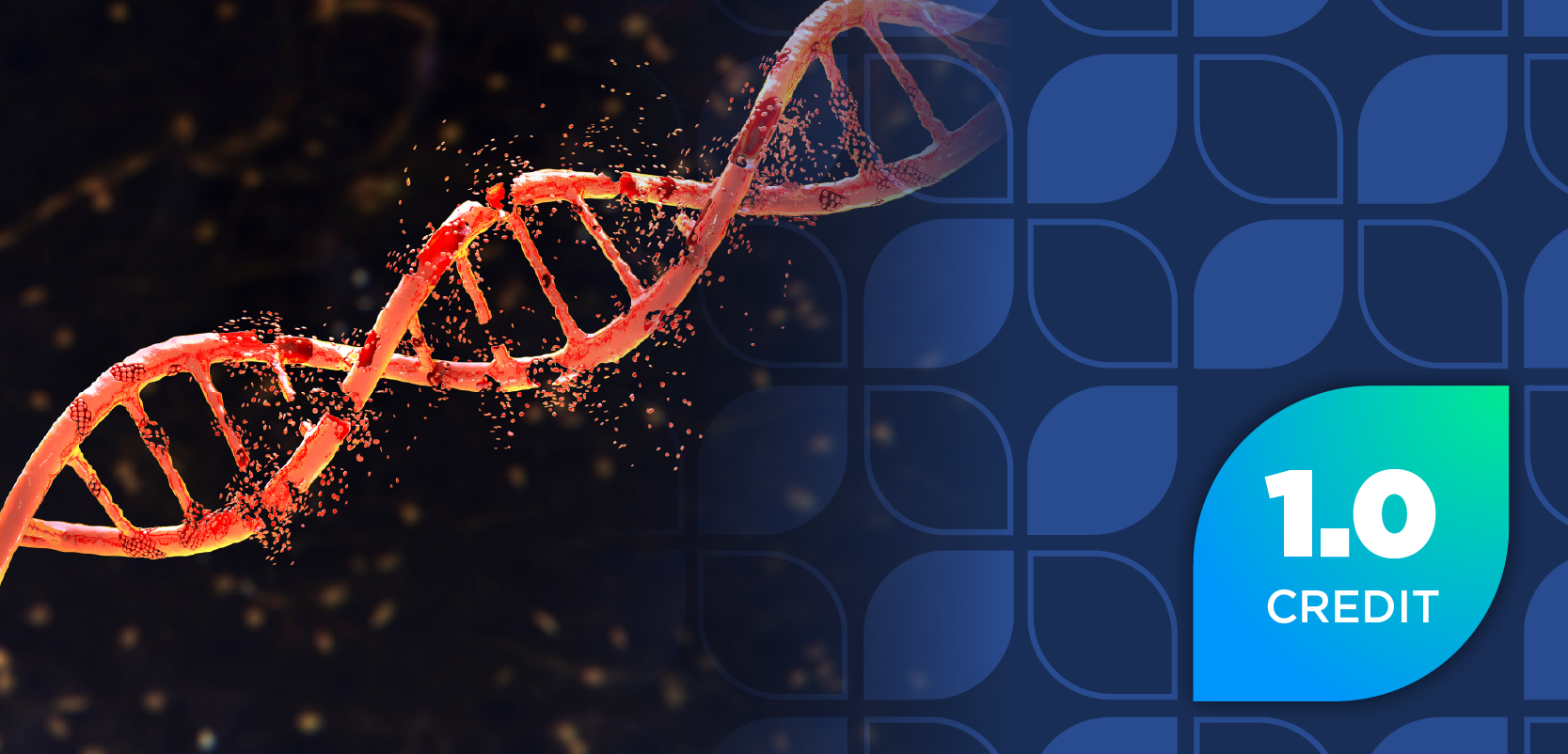
FDA Approves First Drug for Rare Form of Non-Hodgkin Lymphoma
The FDA today approved the expanded use of a breakthrough therapy for the treatment of a rare form of cancer that attacks the immune system.
The FDA today approved the expanded use of a breakthrough therapy for the treatment of a rare form of cancer that attacks the immune system.
Ibrutinib (Imbruvica) was approved for patients with Waldenström’s macroglobulinemia (WM), a type of non-Hodgkin lymphoma. The disease slowly becomes progressively worse over time, causing abnormal B lymphocytes (B-cells) to grow within bone marrow, lymph nodes, liver, and spleen.
These abnormal B-cells also overproduce immunoglobulin M, which may lead to excess bleeding, problems with vision, and problems with the nervous system.
“Today’s approval highlights the importance of development of drugs for supplemental indications,” said Richard Pazdur, MD, director of the Office of Hematology and Oncology Products in the FDA Center for Drug Evaluation and Research, in a press release. “Continued research has discovered new uses of Imbruvica.”
Ibrutinib, which was granted accelerated approval in November 2013 to treat patients with mantle cell lymphoma who received1 prior therapy, works by blocking an enzyme that allows abnormal B-cells to grow and divide.
The drug was also granted accelerated approval for patients with previously treated chronic lymphocytic leukemia (CLL) in February 2014. It received an expanded use approval in July 2014 for the treatment of CLL patients who carry a deletion in chromosome 17.
Today’s approval of ibrutinib for WM was based on a clinical study of 63 previously treated patients who received a 420 mg orally administered daily dose of the drug until disease progression or side effects became intolerable. The study reported that 62% of patients saw their cancer shrink following treatment, with the duration of response ranging from 2.8 months to approximately 18.8 months.
The most common adverse events associated with treatment were low blood platelet counts, neutropenia, diarrhea, anemia, fatigue, musculoskeletal pain, bruising, nausea, upper respiratory tract infection, and rash. Health care professionals should warn patients of the risk for hemorrhage, infections, atrial fibrillation, second primary malignancies, tumor lysis syndrome, and embryo-fetal toxicity associated with the drug.
Newsletter
Stay informed on drug updates, treatment guidelines, and pharmacy practice trends—subscribe to Pharmacy Times for weekly clinical insights.


















































































































































































































